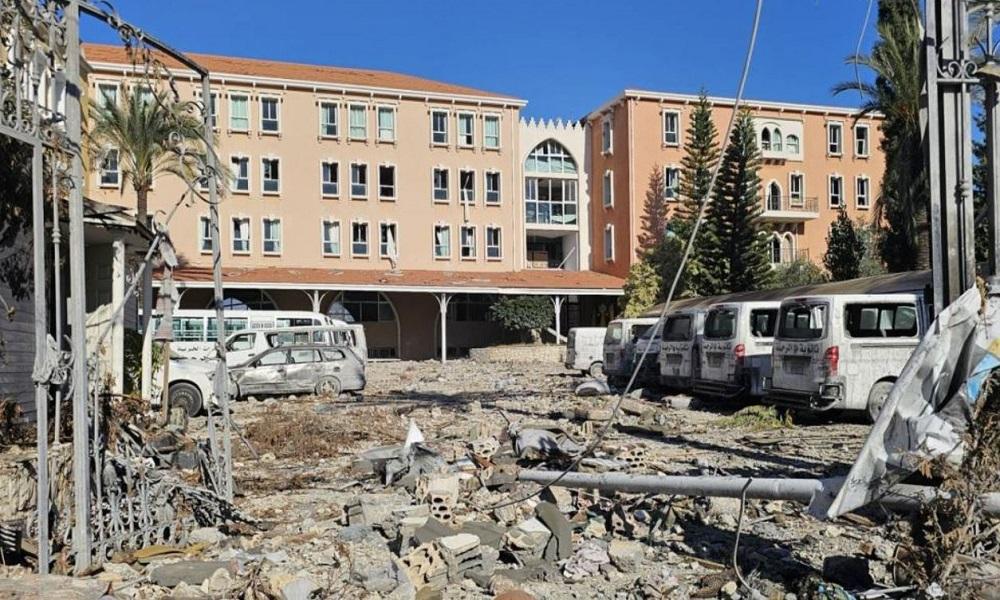
Lebanon (Enmaeya News) — As Lebanon continues to recover from over a year of war, the focus is now turning toward long-term reconstruction, an effort expected to cost billions and take several years.
In early March, the World Bank released a report titled the “Rapid Damage and Needs Assessment for Lebanon,” estimating that reconstruction would cost $14 billion. The plan is divided into three phases, beginning in 2025, with additional work in 2026 and 2027.
The spending breakdown includes $1.6 billion in 2025, $2.4 billion across the next two years, and $1.8 billion between 2028 and 2030, totaling $5.8 billion during this period.
Data shows the areas most affected are South Lebanon and Nabatieh, followed by Mount Lebanon, where more than 7,000 housing units were destroyed in the southern suburbs of Beirut.
Nabatieh suffered the highest level of destruction, estimated at $3.2 billion, in addition to $2 billion in economic losses. The figures reflect both direct damage and economic loss caused by over a year of war. In South Lebanon, housing damage alone was valued at $1 billion, with a similar number recorded in Beirut’s southern suburbs. The Baalback-Hermel region is estimated to need around $236 million in reconstruction.
The Council for the South (Majlis Al-Janoub) has already started surveys, site inspections, and debris removal in South Lebanon, Nabatieh, as well as parts of West Bekaa and Rachaya.
According to Council President Hashem Haidar, around 40,000 housing units were destroyed and 145,000 were damaged in the areas impacted by Israeli strikes.
He said: “Survey work is still ongoing. There are 10 towns we haven’t been able to assess yet for security reasons—Aita al-Shaab in Bint Jbeil; Bustan, Yarine, Dhayra, Marwahin, Umm al-Tout, and Zalloutiyeh in Tyre; and Kfarkela, Adaisseh, Markaba, and Houla in Marjeyoun.”
He added that the army’s support is needed to secure these missions, noting that survey work was recently completed in Maroun al-Ras despite tense conditions there.
On the cost of rebuilding these areas, Haidar explained: “The total may reach around $5 billion, including infrastructure repairs. The council has already restored some schools and hospitals, but full reconstruction isn’t possible yet due to lack of funding.”
Lebanon has secured a $250 million loan from the World Bank, which earlier estimated total damage and economic losses at $14 billion.
This funding will go toward infrastructure repairs managed by the Council for Development and Reconstruction (Majlis Al Inmaa Wal Imaar), following the appointment of key positions as part of broader reforms. While the government hopes to eventually raise $1 billion, the $250 million will not be used for housing reconstruction—except for possible exceptions in front-line areas.
Some local estimates suggest that full reconstruction may cost closer to $7–8 billion, a figure lower than the World Bank’s projection.



